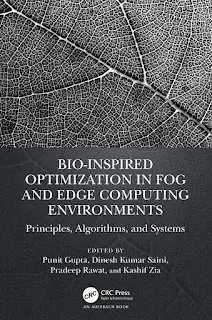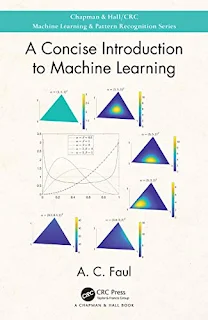R Programming: R for Data Science and Data Analytics A-Z
Language: English - Education Time: 7 hours and 28 minutes - Level: Elementary, Secondary - Size: 2.72 GB.
Data analysis is one of the leading jobs in the current technology market. As per the forecasts of Glassdoor and World Economic Forum, the demand for data scientists will also increase in the next few years. We are generating huge data every day from different domains like Social Media, Healthcare, Sensor data… we have a great tool to analyze them and the tool is R. R programming is a powerful language used widely for data analysis and statistical computing. It is completely free and has rich repositories for packages.
In this course first, you will learn how to install R and start programming on it. It will also help you to know the programming structures and functions. This R programming in Data Science and Data Analytics covers all the steps of Exploratory data analysis, Data pre-processing, and Modelling process. In EDA sections you will learn how to import data sets and create data frames from it. Then it will help you to visualize the variables using different plots. It will give you an initial structure of your data points. In Data pre-processing sections you will get the full idea of Missing value & outliers treatment and data split methods. Finally, you will be able to generate machine learning models using Linear and Logistic Regression.
This R programming for data science and data analytics is designed for both complete beginners with no programming experience or experienced developers looking to make the jump to Data Science!
Data analysis is one of the leading jobs in the current technology market. As per the forecasts of Glassdoor and World Economic Forum, the demand for data scientists will also increase in the next few years. We are generating huge data every day from different domains like Social Media, Healthcare, Sensor data… we have a great tool to analyze them and the tool is R. R programming is a powerful language used widely for data analysis and statistical computing. It is completely free and has rich repositories for packages.
In this course first, you will learn how to install R and start programming on it. It will also help you to know the programming structures and functions. This R programming in Data Science and Data Analytics covers all the steps of Exploratory data analysis, Data pre-processing, and Modelling process. In EDA sections you will learn how to import data sets and create data frames from it. Then it will help you to visualize the variables using different plots. It will give you an initial structure of your data points. In Data pre-processing sections you will get the full idea of Missing value & outliers treatment and data split methods. Finally, you will be able to generate machine learning models using Linear and Logistic Regression.
This R programming for data science and data analytics is designed for both complete beginners with no programming experience or experienced developers looking to make the jump to Data Science!





